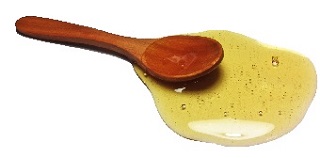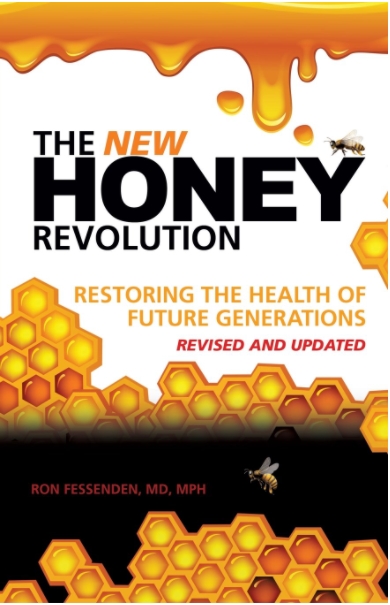health and nutrition
Health and Nutrition: 5 Unexpected Findings About Honey
~From The Honey Revolution Book by Ron Fessenden
These astonishing health and nutrition findings from The Honey Revolution by Dr Ron Fessenden have cast much light on several well-known myths and theories about dieting and sugar. Great food for thought and action!
1) Low Cholesterol Food isn’t Always Healthy

We expect people with the lowest cholesterol to eat the least saturated fat and least calories. But this is not true anymore as the consumption of sugar and high fructose corn syrup rockets in the recent years. Sadly, the proliferation of high sugar, rich carbohydrate foods hidden behind the names of” low fat, healthy foods” has led to a pandemic of obesity, incidence of diabetes, cardiovascular disease and neuro-degenerative illnesses in this generation.
2) The Truth about Fat-burning in Intense Exercise
The more intense the exercise, the more fat we burn? Contrary to our intuition, studies have established that at peak aerobic exercise levels, only a miserable 10% of our metabolic requirements come from fat. The circulating fats released during exercise are returned to the adipose tissue and muscle stores after exercise. This truth is closely connected to the metabolic truth in the Hibernation Diet – fat is selected as the fuel for rest and recovery. Thus with a simple honey diet, we can optimise our body fat metabolism during sleep.
3) Liver Care before Sleep
How often do we hear this advice on health and nutrition from your family and friends. “Never get into the habit of eating before bed, otherwise you’ll become fat!” Get the facts right. It is not about whether you should eat before sleep but what you should eat before sleep. Sleep is active and energy-driven, when we retire to bed, our body goes to work! Going to bed with a depleted liver causes the release of stress hormones in our body. Refuelling the critically small liver glycogen store with honey before bed keeps our metabolic system healthy. So if you care for your liver, fuel it wisely before sleep.
4) Minuscule but Powerful Antioxidants
There are at least 16 floral-flavones in honey. As they enter our body cells in trace amounts, we logically derive that there would be no significant effects. However, when ingested, these minute quantities of floral-flavones actually do exert powerful influences, raising the antioxidant level in our cells, (such as the Vitamin C levels) and reducing capillary permeability and fragility. They eliminate oxidants and neutralize free radicals, inhibiting the destruction of collagen in our body. Truly, honey is more than just the sum of its sugars.
5) Nature’s Perfect Way of Regulating Blood Sugar
Many are too quick to classify honey as a forbidden food for diabetics’ health and nutrition. The perfect ratio of one-to-one ratio of fructose and glucose found in honey explains its remarkable regulatory ability. Fructose optimizes the conversion of glucose to glycogen to be stored in the liver, preventing a glucose spike in the circulation. There is something mysterious in honey that enables the liver to metabolize fructose in a way not found in other processed or artificial sweeteners. In fact, the floral-flavones in honey are also anti-sugar signaling devices that control blood glucose levels and help fight diabetes. Pursue sweetness the way nature intended it. It’s worth it!
Other Related Pages on Health and Nutrition of Honey
1. Researchers reported exciting findings on honey’s ability to counter cholesterol. Full account in: Honey Reduces Bad Cholesterol.
2. Honey can protect the liver from oxidative stress and liver cell damage. More in: 3 Ways Natural Honey Cares for Your Liver (Science-Backed)
